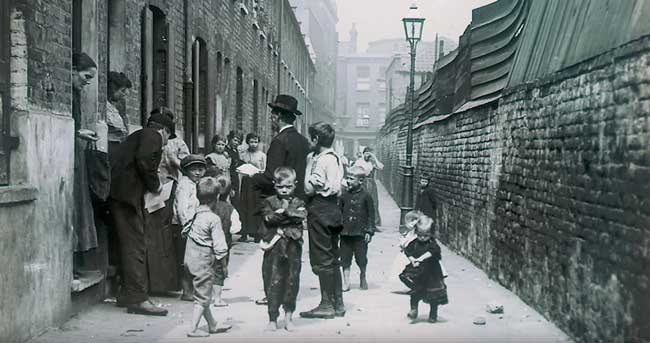
Thursday, February 28, 2019
The East End walking tour of London helped to illuminate the rampant poverty and horrid conditions that existed for the lower classes during the Victorian era. The common conception of Victorian artwork and literature concerns itself only with the idealism and rich cultural history of the time period. Although one can frequently see romanticized works specifically depicting upper class and religious themes a much more realistic depiction of the time period would capture the tumultuous and bleak underbelly of cities such as London. One such work that accurately captures this facet of the Victorian era is Charles Dickens' "Sketches by Boz." The work portrays the "stillness of death over the streets" and profiles the activities of female prostitutes working the streets out of desperation. The dim and desolate portrayal of the street emphasizes the hopelessness and despair that said environment represented for the Victorian poor. This contrasts with the traditional connotation of a street as a means of transportation and opportunity that literally "takes people places." Taking a step back from the work the themes and message of the piece would be instantly legitimized due to the author Charles Dickens' early childhood growing up a poor child on the very same streets that he speaks about. The specific location from the walking tour that most reflected the ideas of the article was the school for young children. This school was said to have limited resources and was primarily meant to reinforce the poor children's harsh place in society, locking the poor children in a cycle of poverty and in said desolate and hopeless environment.


Subscribe to:
Post Comments (Atom)
No comments:
Post a Comment